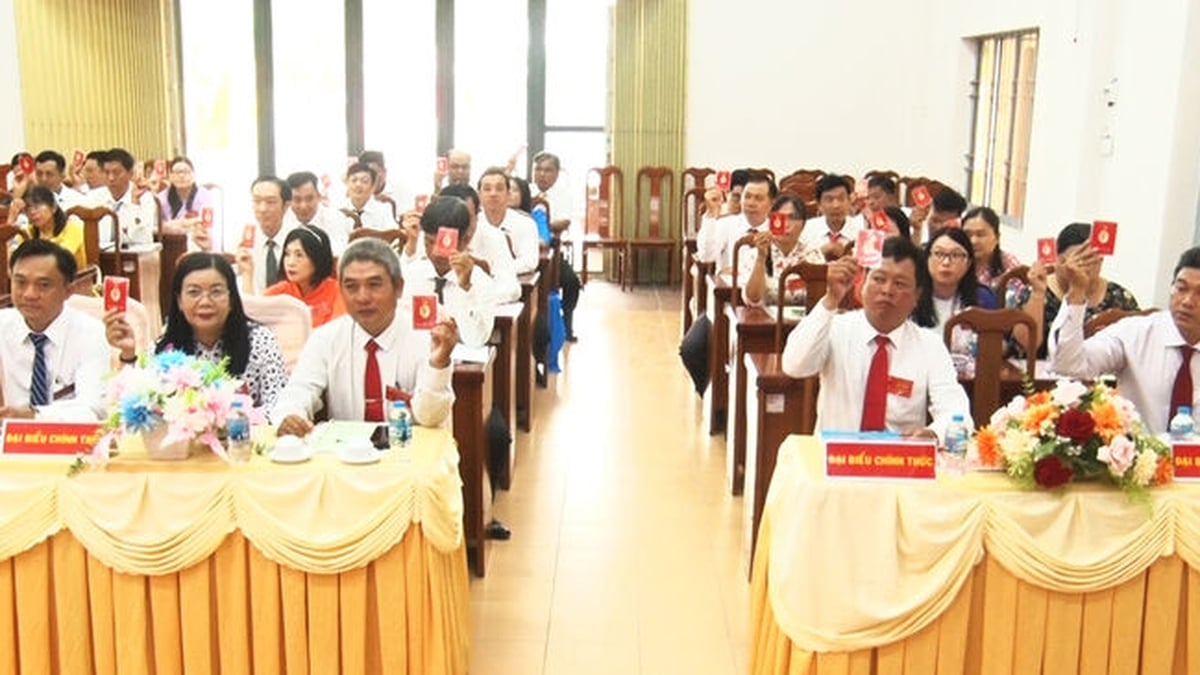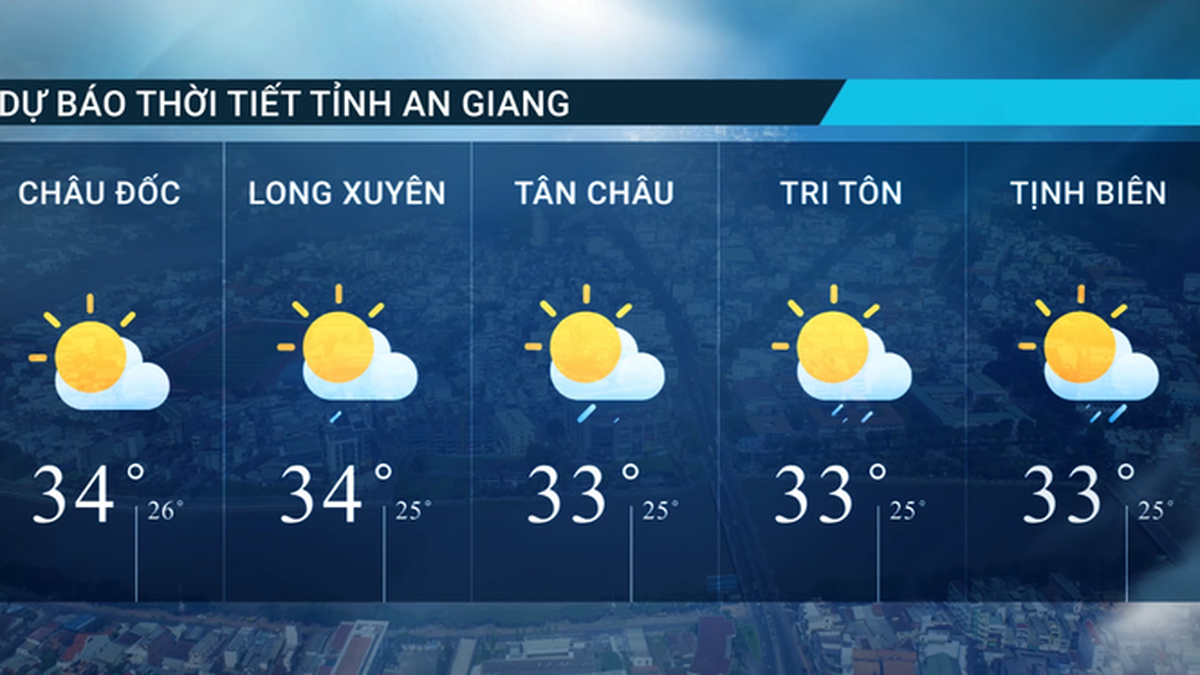On May 2, 2012, the Prime Minister issued Decision No. 513/QD-TTg approving the Project on Completing and Modernizing Administrative Boundary Records and Maps (ADBs) and Building a Database on ADBs (Project 513). After 12 years of implementation, Hung Yen province has completed the entire workload; the province's ADBs map records have been appraised and evaluated by central ministries and branches as meeting technical requirements, ensuring legality and accuracy, and are being submitted to competent authorities for approval.

Immediately after the Prime Minister issued the decision to implement Project 513, the Provincial People's Committee established a Steering Committee to implement the project; issued a plan to implement Project 513; selected a consulting unit to survey and prepare technical designs; organized professional training for leaders and professional staff of localities in the province and deployed the implementation. However, during the implementation of the project, the relevant units encountered many difficulties. Of the 547 commune-level administrative routes, 43 administrative routes were requested by localities to organize consultation, review, and re-route due to inconsistencies between the records and the map, or due to the production development process of the people and natural changes that changed the current status of the characteristic points on the administrative routes.
Specifically, in My Hao town, in addition to the conversion from My Hao district to My Hao town and 7 communes and towns into an urban government model, a series of industrial, service projects, and technical infrastructure works were invested in new construction and upgrading, causing the boundary markers to be lost, breaking and deforming the administrative boundary; or the border point between Minh Duc ward (My Hao town) and Hung Thinh commune, Binh Giang district ( Hai Duong province) was broken and deformed for 0.22km due to the construction of American Feed Company Limited...
In Khoai Chau district, previously, the management of administrative boundaries was based on the dossier and map of administrative boundaries 364 (Directive No. 364-CT dated November 6, 1991 of the Council of Ministers on resolving land disputes related to administrative boundaries of provinces, districts, and communes). However, due to the loose determination of boundaries and administrative boundaries, in the process of socio-economic development, the boundaries were distorted and lost their identification marks on the field, leading to disputes over administrative boundaries and difficulties in the management of the area by the government, such as 2 border points between Dong Ket commune and Tu Dan commune, 1 point between Phung Hung commune and Dai Hung commune...
In addition, the whole province also has dozens of encroachment and settlement points in Phu Cu, Tien Lu districts, My Hao town... causing difficulties in negotiating to determine the location of boundary markers and the DHHC line.
The implementation of Project 513 in the province still faces many difficulties due to the long project duration; the negotiation and determination of boundary markers involve the authorities of many localities inside and outside the province. Some boundary markers and administrative boundary lines must be negotiated many times before reaching an agreement; some localities at district and commune levels change administrative units (ADUs)... In particular, the coordination between the People's Committee of Hung Yen province with the People's Committees of Hanoi City and the provinces of Bac Ninh, Ha Nam, Thai Binh, Hai Duong to determine the location of boundary markers, administrative boundary lines, establish and sign the confirmation of the provincial-level administrative boundary map dossier is not only difficult in the field but also the number of dossiers and administrative boundary maps is large and requires the leaders of the provincial People's Committee to directly sign each dossier and drawing, so it takes a lot of time to complete...
After 12 years of implementation, the contents and tasks of Project 513 in the province have been completed. Accordingly, the results of consultation and determination of administrative unit boundaries in the whole province include 5 provincial administrative unit boundaries bordering Hanoi City, Bac Ninh, Hai Duong, Thai Binh, and Ha Nam provinces; 39 district administrative unit boundaries; 547 commune administrative unit boundaries. The whole province has 663 boundary markers (543 commune-level markers, an increase of 34 markers; 98 district-level markers, an increase of 6 markers, all due to additional burying of markers on administrative unit boundaries at locations that are currently broken or locations that are prone to disputes; 22 provincial-level markers, unchanged from before). Of the 663 boundary markers, 40 were newly cast and installed; Restore 285 old landmarks and repair 100 landmarks... Regarding the DHHC route, the provincial level has 5 routes with a total length of 189.7km, an increase of 4.7km compared to before implementing Project 513; the district level has 39 routes with a total length of 394.9km, an increase of 7.3km; the commune level has 547 routes with a total length of 1,197.1km, an increase of 23.9km.
The increase and decrease in the total length of the administrative boundary lines is due to the fact that when implementing Directive No. 364, the measurement and calculation of the distance of the administrative boundary lines were done manually, so they were not accurate. When implementing Project 513, the administrative boundary lines were measured automatically by computer, on the national map VN-2000 provided by the Ministry of Natural Resources and Environment with high accuracy. On the other hand, the data in the technical design - cost estimates of some lines are still inaccurate because when the statistics were broken, deformed, so they cannot be measured accurately... Up to now, Hung Yen province has completed the entire workload, maps, locations of administrative boundary markers with coordinates determined and the database digitized. Thereby, clearly defining the scope of management according to the administrative units of the province and the administrative units at the district and commune levels.
The DHHC map is an important type of map in the field of land and resources, an important tool and can be applied in many aspects of life. When officially approved, the DHHC map and records will be the legal basis to help localities do a good job of social management, and serve as a basis for developing strategies, planning, and socio-economic development plans.
In order for the administrative boundary records and maps to truly contribute to socio-economic development, it is required that the Chairmen of the People's Committees of localities must manage and store administrative boundary records and maps safely; manage administrative boundary markers well; organize propaganda for the people to protect administrative boundary markers; promptly organize restoration and repair when markers are found to be displaced, damaged or lost. Every year, Chairmen of the People's Committees at all levels need to report to their superiors on the management of administrative boundary markers and departments and branches also need to proactively coordinate with the Department of Home Affairs to develop, complete and digitize specialized maps in accordance with the provincial administrative boundary map; move towards managing administrative boundary records and maps using digital technology on specialized software to operate, exploit and use the administrative boundary database effectively.
Le Thu
Source: https://baohungyen.vn/xay-dung-quan-ly-su-dung-hieu-qua-ho-so-ban-do-dia-gioi-hanh-chinh-3176359.html
































































































Comment (0)